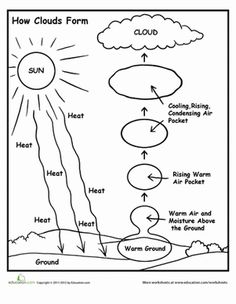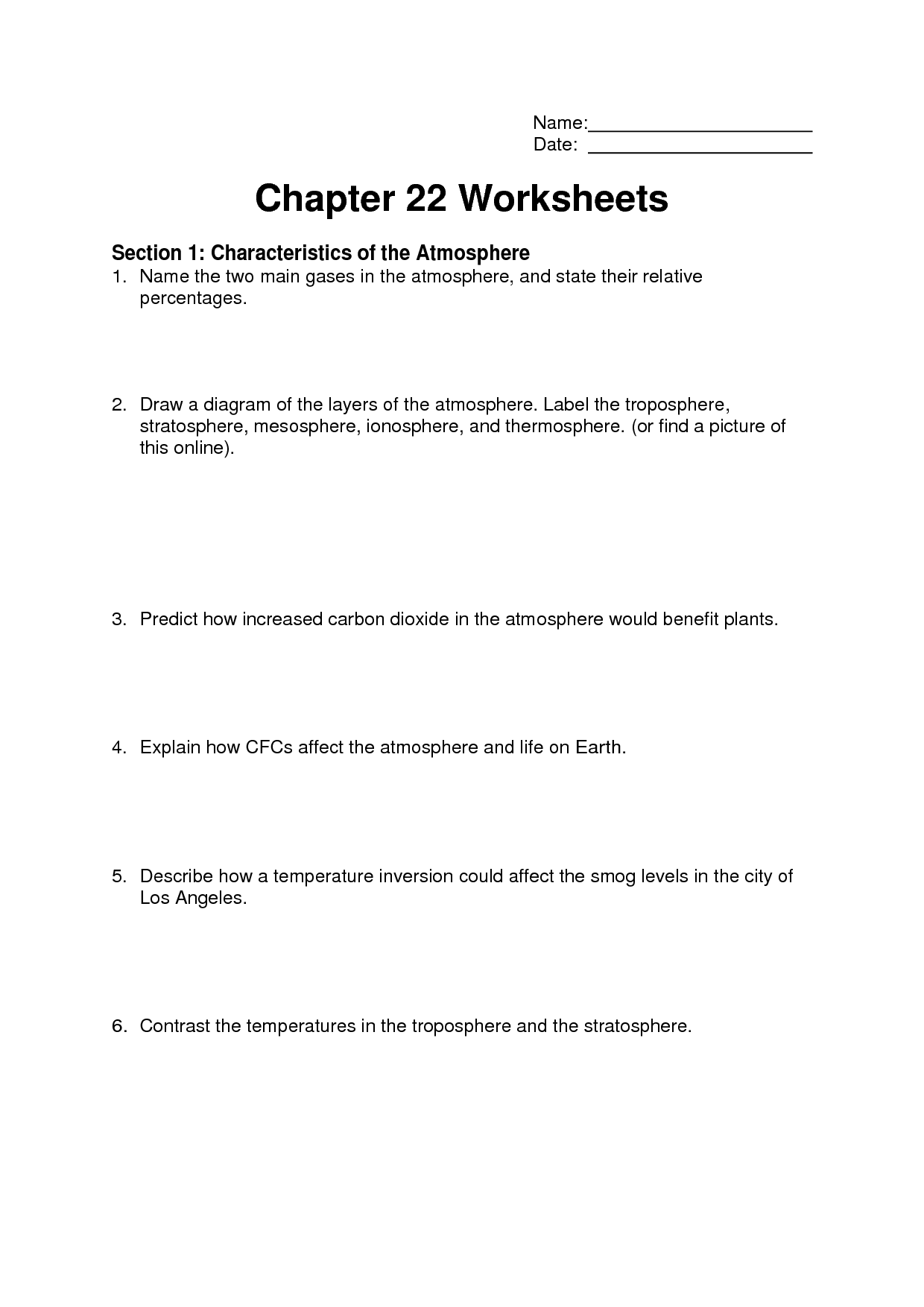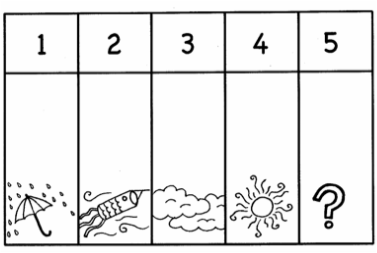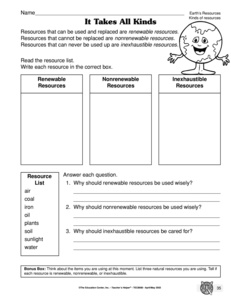3 Types of Clouds Worksheets
Clouds are fascinating natural phenomena that can greatly enhance our understanding of weather patterns and the atmosphere. If you're an elementary school teacher or a parent looking for engaging educational resources for your children, consider incorporating cloud worksheets into your lessons or homeschool curriculum. These worksheets will delve into the different types of clouds, helping students grasp the concept of cloud formation and classification.
Table of Images 👆
More Other Worksheets
Kindergarten Worksheet My RoomSpanish Verb Worksheets
Cooking Vocabulary Worksheet
DNA Code Worksheet
Meiosis Worksheet Answer Key
Art Handouts and Worksheets
7 Elements of Art Worksheets
All Amendment Worksheet
Symmetry Art Worksheets
Daily Meal Planning Worksheet
What are cumulus clouds?
Cumulus clouds are large, puffy, white clouds that are commonly seen in the sky and are typically associated with fair weather conditions. They are formed when warm air rises and cools, causing water vapor to condense into droplets. Cumulus clouds usually indicate stable atmospheric conditions, but if they grow larger and develop into cumulonimbus clouds, they can bring thunderstorms and precipitation.
How are stratus clouds formed?
Stratus clouds are formed when moist air near the Earth's surface is lifted gently and gradually, such as by gentle upward air currents or by a shallow layer of stable air moving over a cooler surface. As the air rises and cools, the water vapor in the air condenses into tiny droplets, creating a layer of low-lying, flat clouds known as stratus clouds. These clouds typically cover the sky in a blanket-like layer and are often associated with overcast or gloomy weather conditions.
Describe the appearance of cirrus clouds.
Cirrus clouds are thin, wispy clouds that usually appear high in the sky. They are composed of ice crystals and have a feathery or silky appearance, often resembling strands or tufts of hair. Cirrus clouds can take on a variety of shapes, including thin streaks, curls, and wispy patches, and are known for their delicate and ethereal look.
How do cumulonimbus clouds develop?
Cumulonimbus clouds develop through a series of rising warm air currents that cool and condense at higher altitudes, forming towering clouds with distinct anvil shapes. These clouds are associated with thunderstorms, intense rainfall, lightning, and sometimes hail, due to the strong vertical movement of air within them.
What causes altocumulus clouds to form?
Altocumulus clouds form when there is moisture and instability in the middle levels of the atmosphere, typically between 6,500 to 20,000 feet. They are often created by the lifting of air along a frontal boundary or in the presence of a weak disturbance in the atmosphere. The moisture in this layer condenses to form the cloud droplets that make up altocumulus clouds, which often appear as white or gray patches or bands in the sky.
Explain why nimbostratus clouds are associated with steady rainfall.
Nimbostratus clouds are associated with steady rainfall because they are thick, dense, and dark clouds that cover the sky, often extending over a large area. These clouds form at low to mid-level altitudes and are typically composed of water droplets and ice crystals. The clouds have a uniform appearance and lack distinct features, indicating a continuous and prolonged period of rainfall. As the nimbostratus clouds are characterized by a steady, continuous precipitation, they are often present during prolonged periods of wet weather, providing a consistent source of rainfall over an extended period of time.
Describe the characteristics of stratocumulus clouds.
Stratocumulus clouds are low-lying clouds that appear as a continuous layer of cloud cover with a lumpy or patchy appearance. They are often gray or white in color and are commonly found in fair weather conditions, although they can sometimes bring light rain or drizzle. These clouds typically have a stable and uniform base with a rounded top, and they form in a stable atmospheric environment. Stratocumulus clouds are known for their ability to cover large portions of the sky and can create a soothing, overcast backdrop on a calm day.
How do lenticular clouds form and why are they often found near mountains?
Lenticular clouds form when moist air is forced to flow over high terrain, such as mountains, causing it to cool and condense into a cloud. These unique lens-shaped clouds are often found near mountains because the air is lifted and cooled as it flows over the mountains, creating the perfect conditions for lenticular clouds to develop. The stable air layers and wind patterns near mountains also contribute to the formation of these clouds, which can appear stationary or rapidly changing in shape, adding to their dramatic and striking appearance.
What are the distinguishing features of mammatus clouds?
Mammatus clouds are characterized by pouch-like or bulbous protrusions hanging from the underside of a cloud. These structures often resemble hanging or sagging udders, hence the name "mammatus," which is derived from the Latin word for "breast." Mammatus clouds usually form in conjunction with cumulonimbus or thunderstorm clouds and are often associated with severe weather events such as thunderstorms, hailstorms, or tornadoes.
How do orographic clouds form and why are they commonly seen near mountain ranges?
Orographic clouds form when moist air is forced to rise over a barrier, such as a mountain range. As the air rises, it cools and reaches its dew point, causing water vapor to condense and form clouds. These clouds are commonly seen near mountain ranges because the air is forced to rise when it encounters the mountain barrier, leading to cloud formation on the windward side of the mountains. As the air descends on the leeward side, it warms and dries out, resulting in a rain shadow effect where less precipitation falls.
Have something to share?
Who is Worksheeto?
At Worksheeto, we are committed to delivering an extensive and varied portfolio of superior quality worksheets, designed to address the educational demands of students, educators, and parents.






























Comments